1. Great Horned Owl: the most common large owl in the Americas, and one of the common overall. It is one of the earliest birds to lay eggs (March in the NYC area, with the young hatching in early May). It is also the bird with the largest variety of prey types - everything from small mammals (whatever it can carry) to birds to reptiles and even worms.
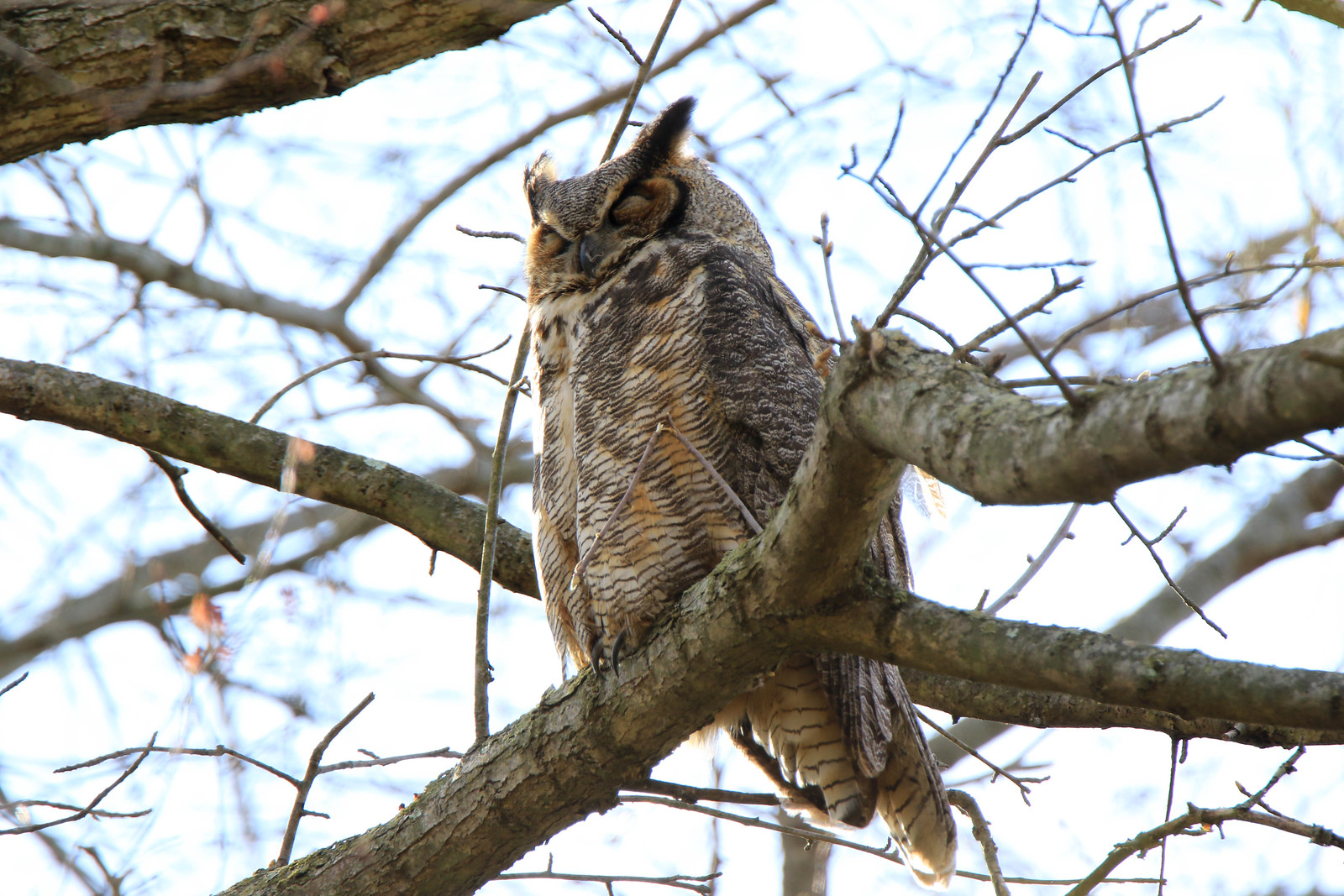
Baby Great Horned Owls at a Long Island park:
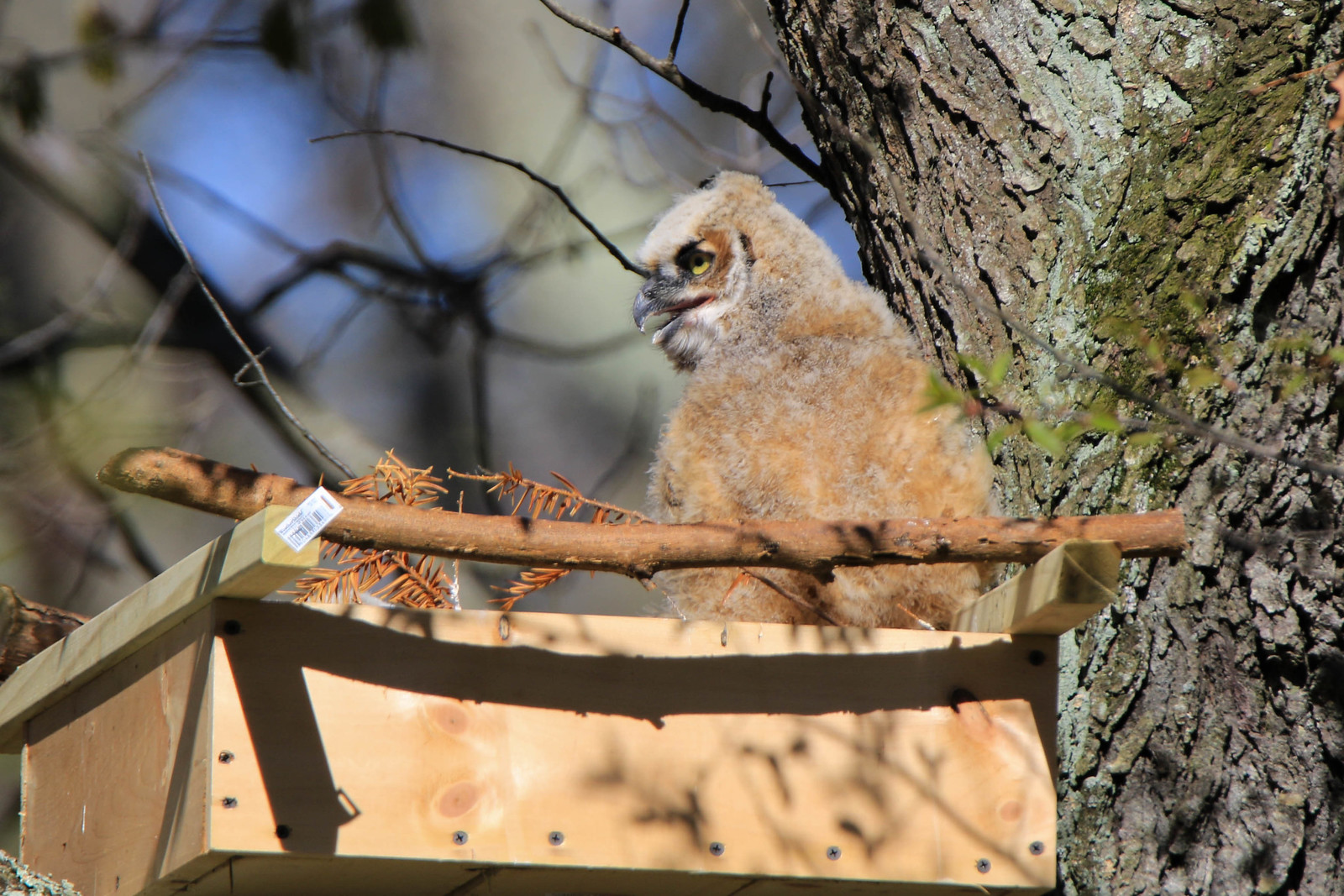
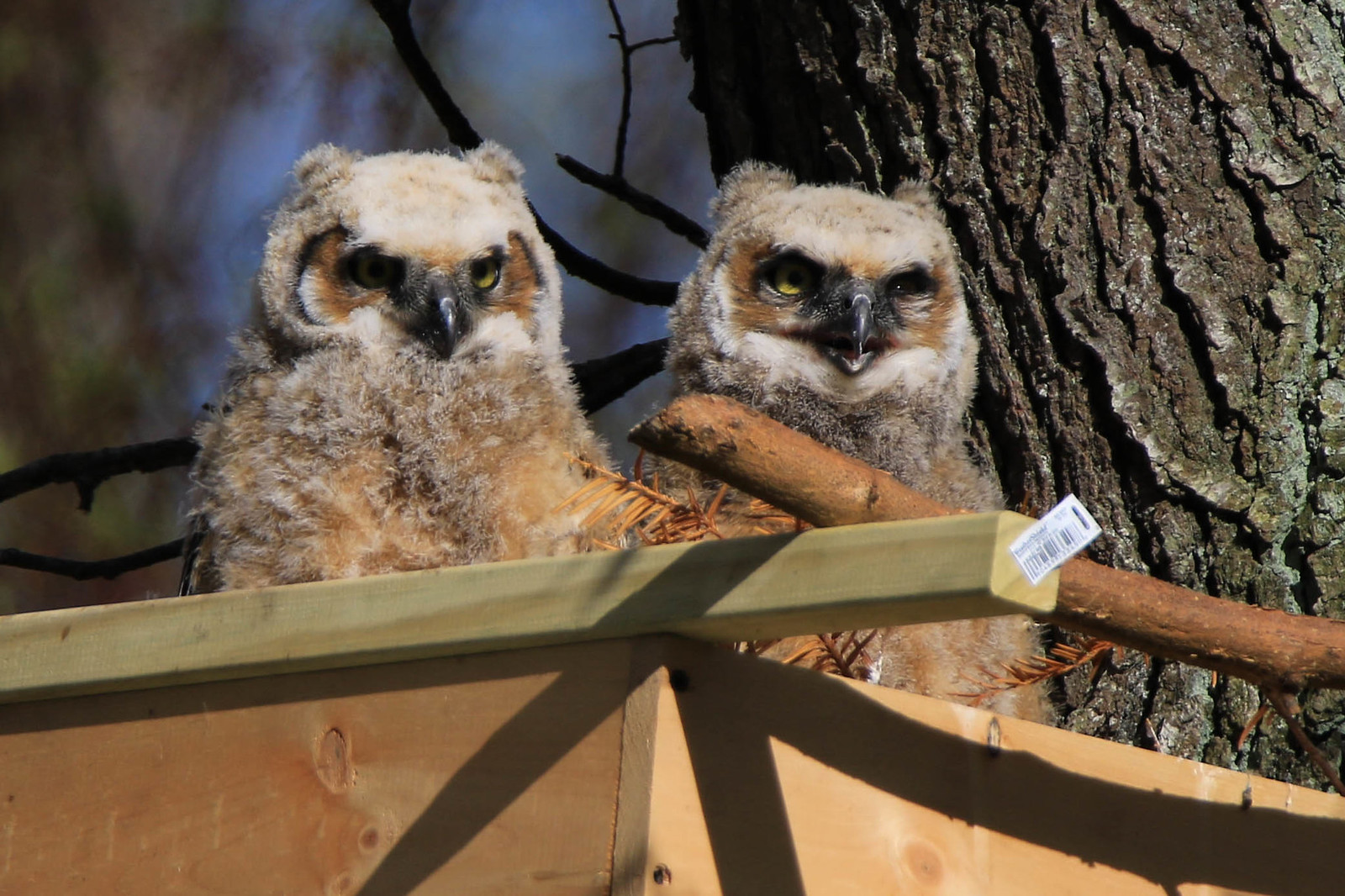
2. Barred Owl: another common large owl, which mostly prefers to stay in mature forests. This picture is from Central Park:
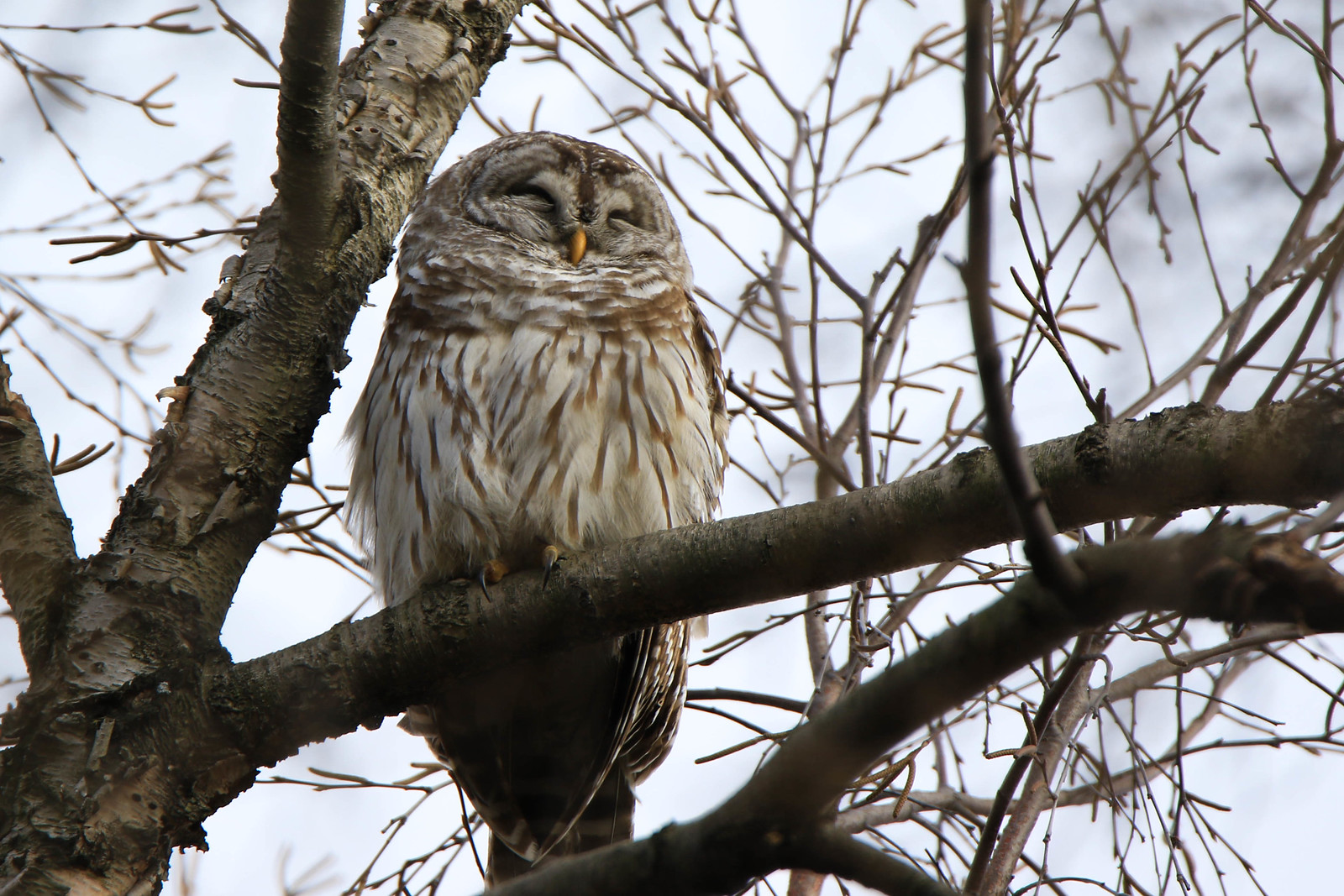
3. Snowy Owl: one of the few owls that are active by day. It likes open spaces like grasslands or beaches. It spends summers in the far north, but sometimes comes down to our area in the winter. Last year there were a few Snowies along Jersey coast, and I was able to see this one in Island Beach State Park:
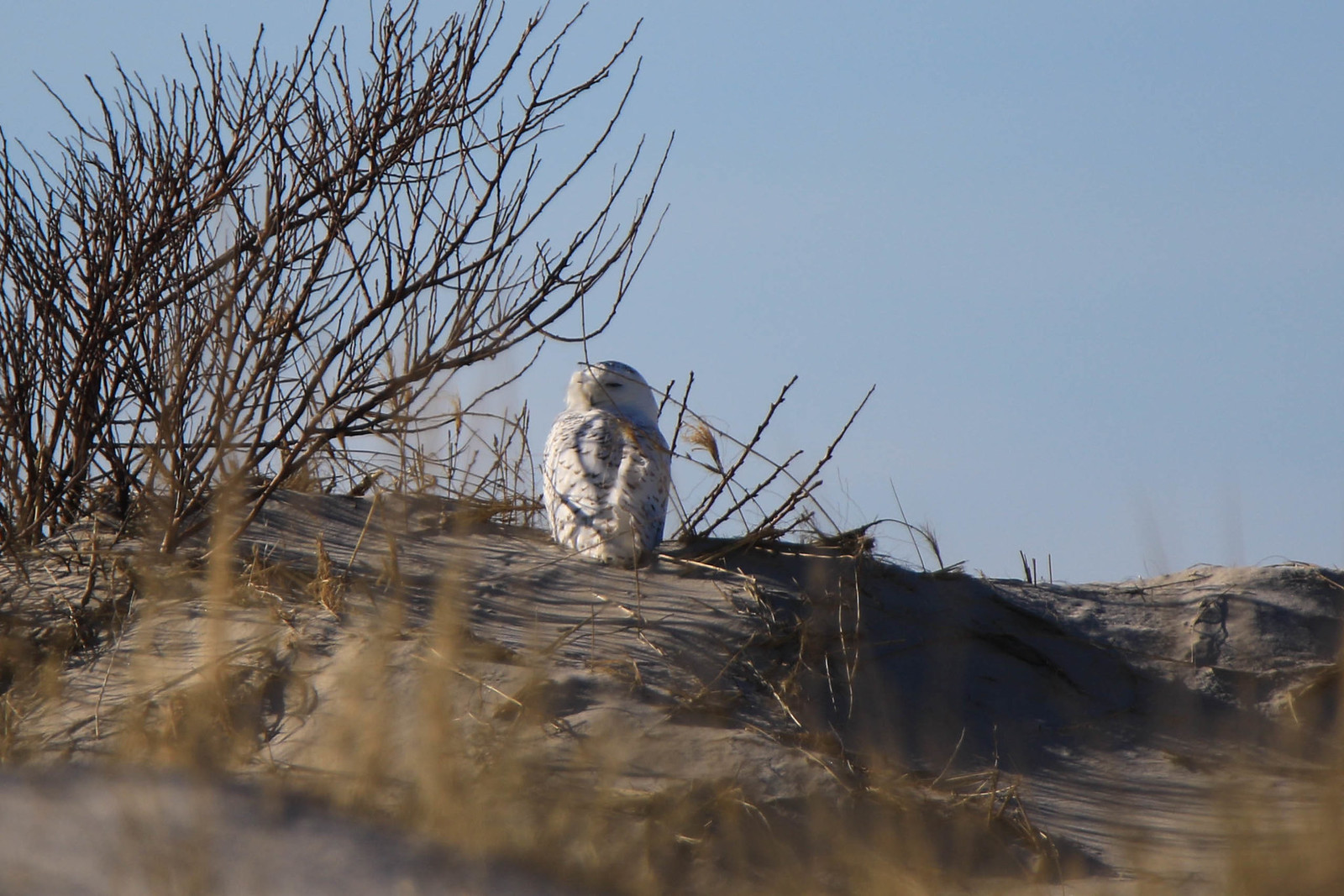
4. Long-eared Owl: one of the best camouflaged owls, and usually very hard to see. The "ears" of Long-eared owl (like those of other owls) are actually tufts of feathers. Its real ears (again like those of most owls) are located on the sides of its hard, and they are placed asymmetrically - the right ear being higher and bigger than the left ear. Unlike the Great Horned, this owl is very picky about its prey and mostly eats just small rodents. Seen in Prospect Park, Brooklyn:
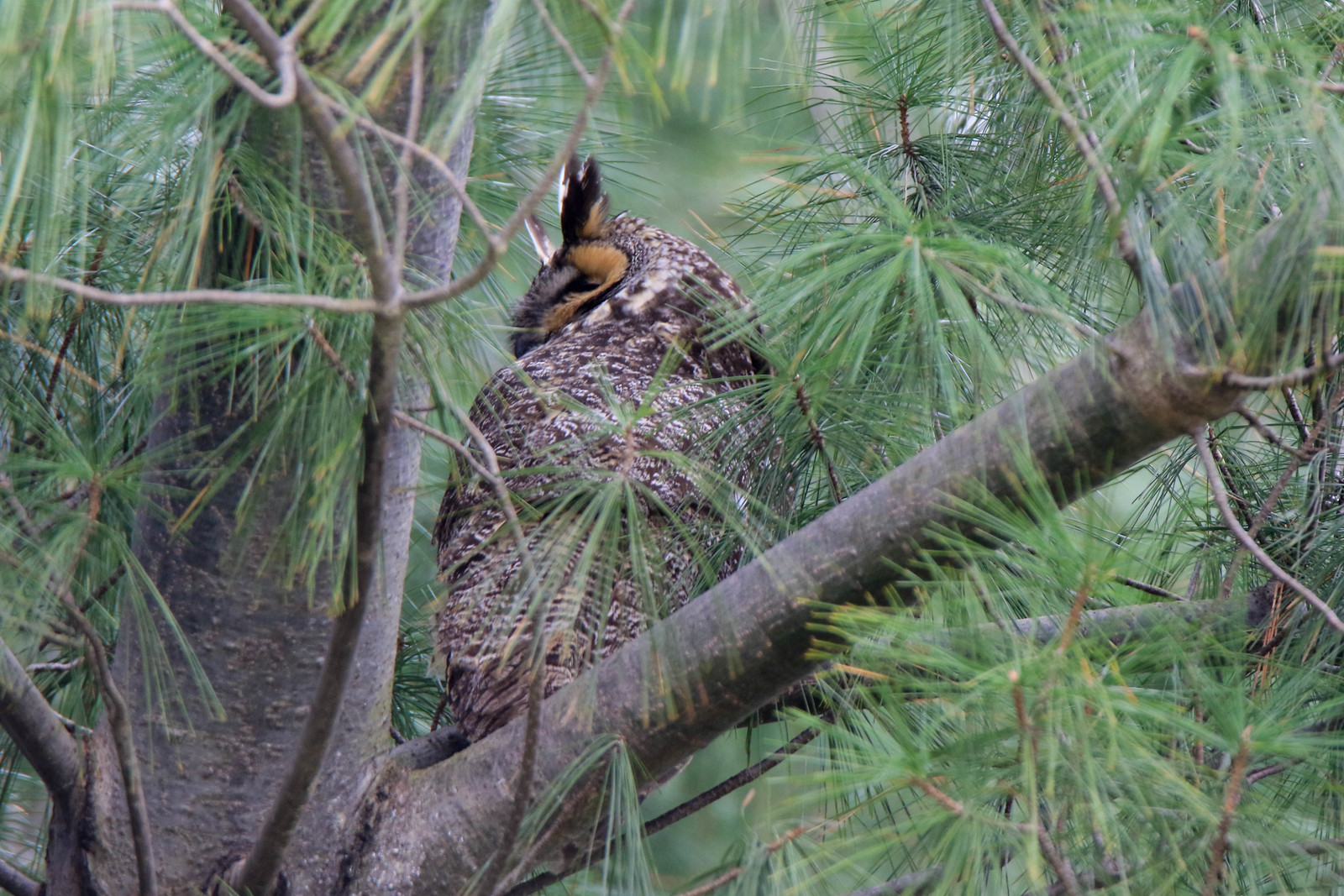
5. Saw-Whet Owl: it is a common small owl, but very hard to spot. It's the size of a robin, but with a huge head (needed to house the big eyes and ears that allow it to hunt in the dark). This is the first saw-whet owl that I saw, mostly because it became known for staying in the same tree in Central Park last winter:
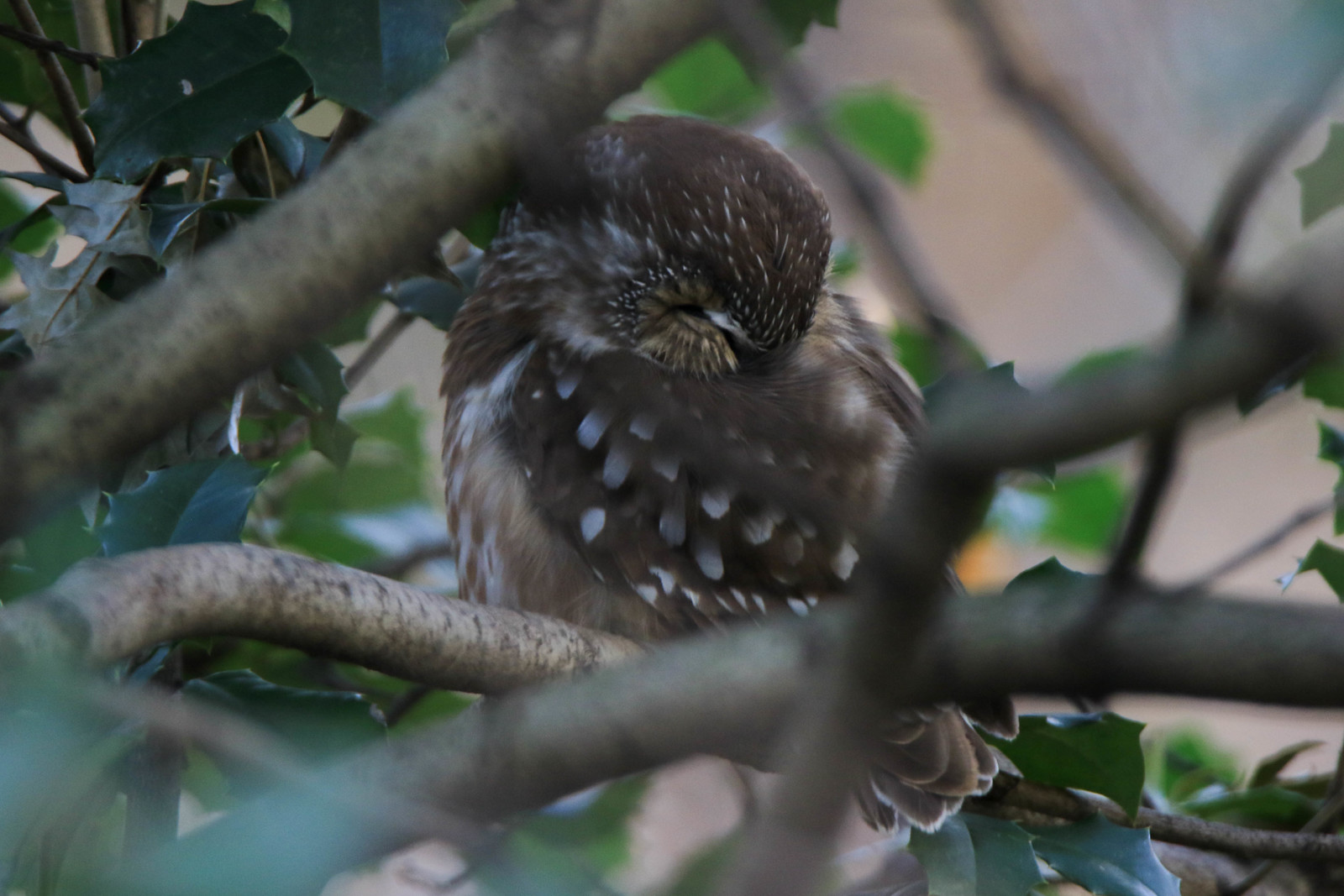
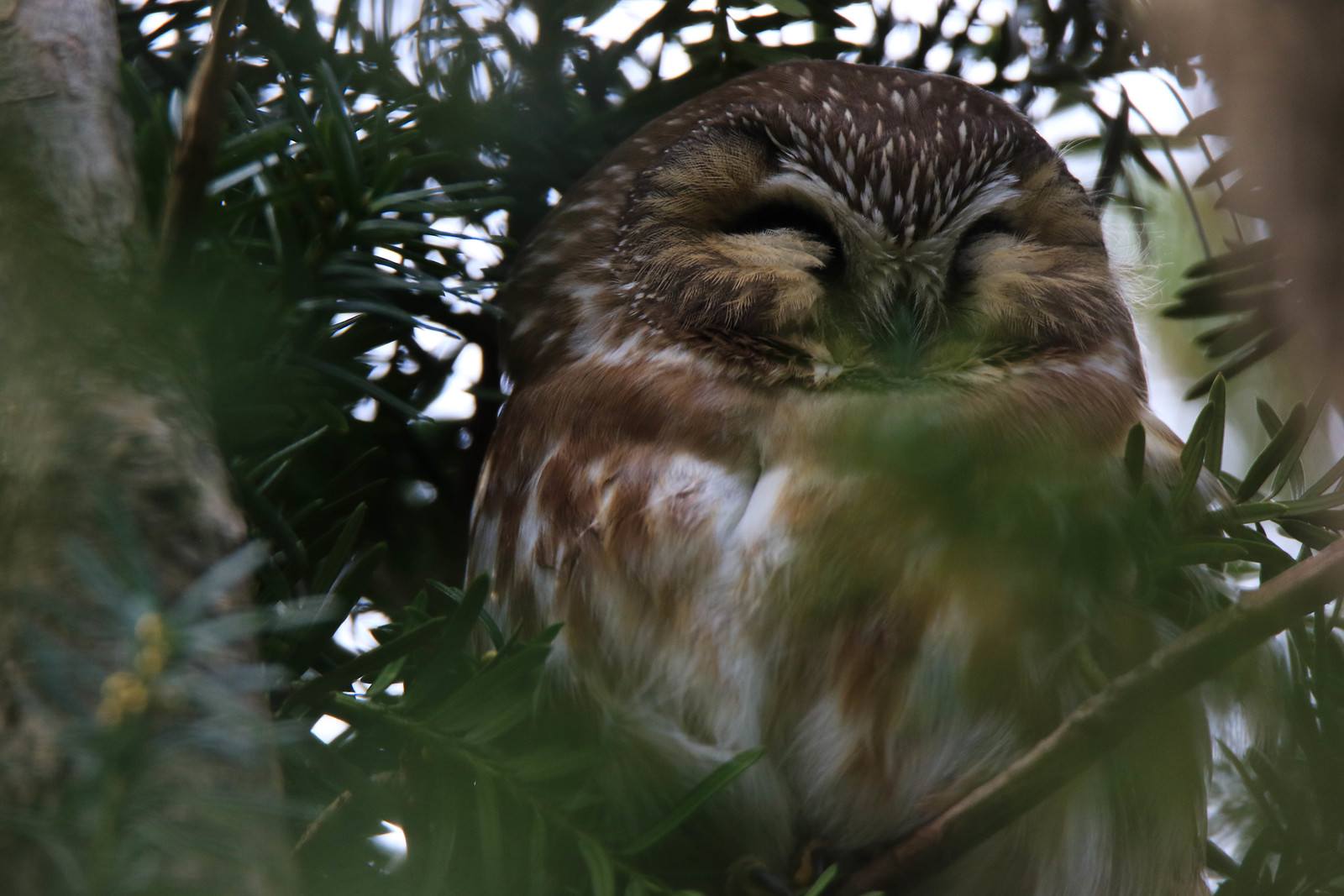
6. Short-eared Owl: medium-size owl that likes open spaces such as Shawangunk Grasslands in upstate New York (where I took this picture). The are partially diurnal - they start to hunt about an hour before sunset. Seeing a dozen of them burst out from the grass as the sun starts to go down is a very special kind of thrill!
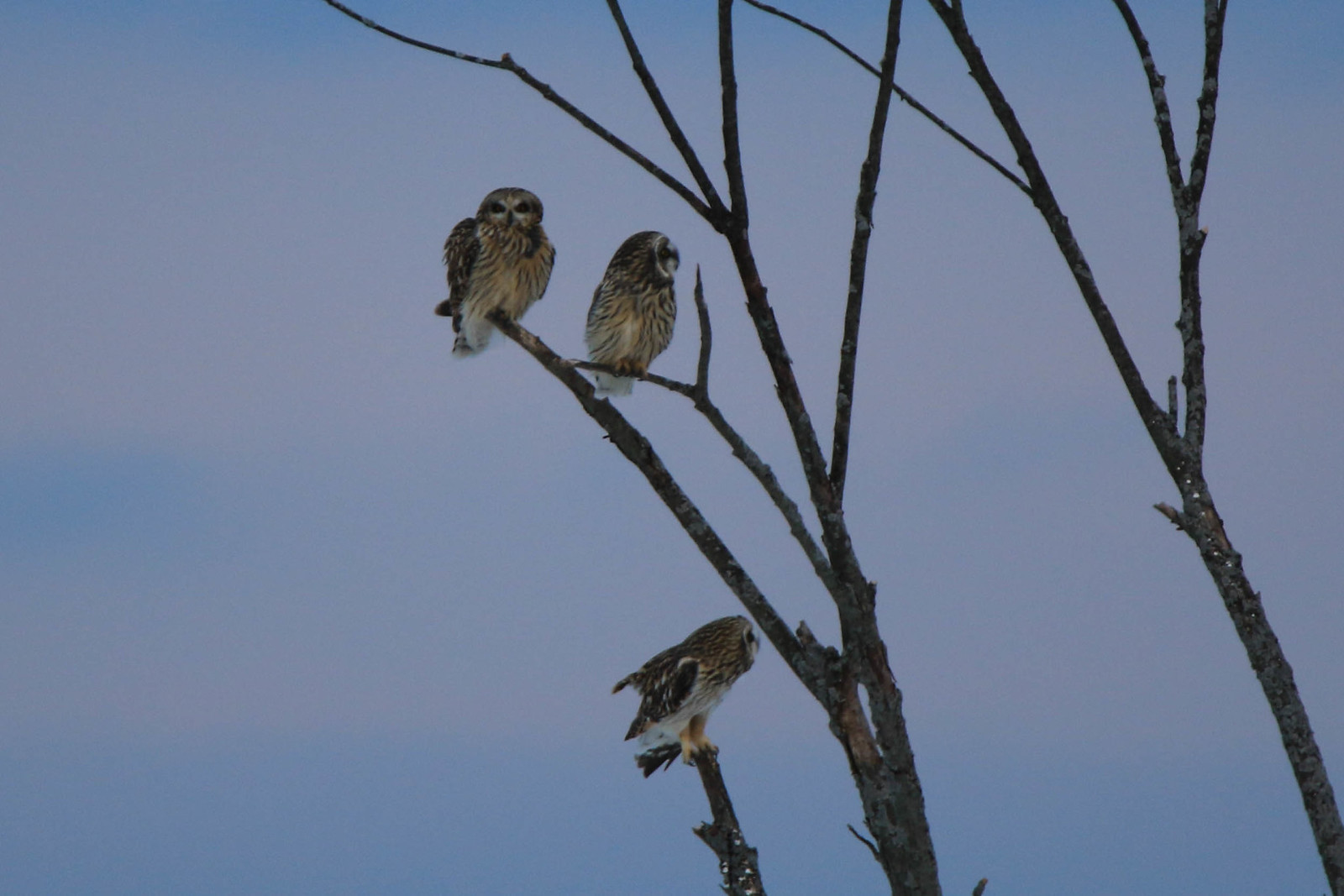
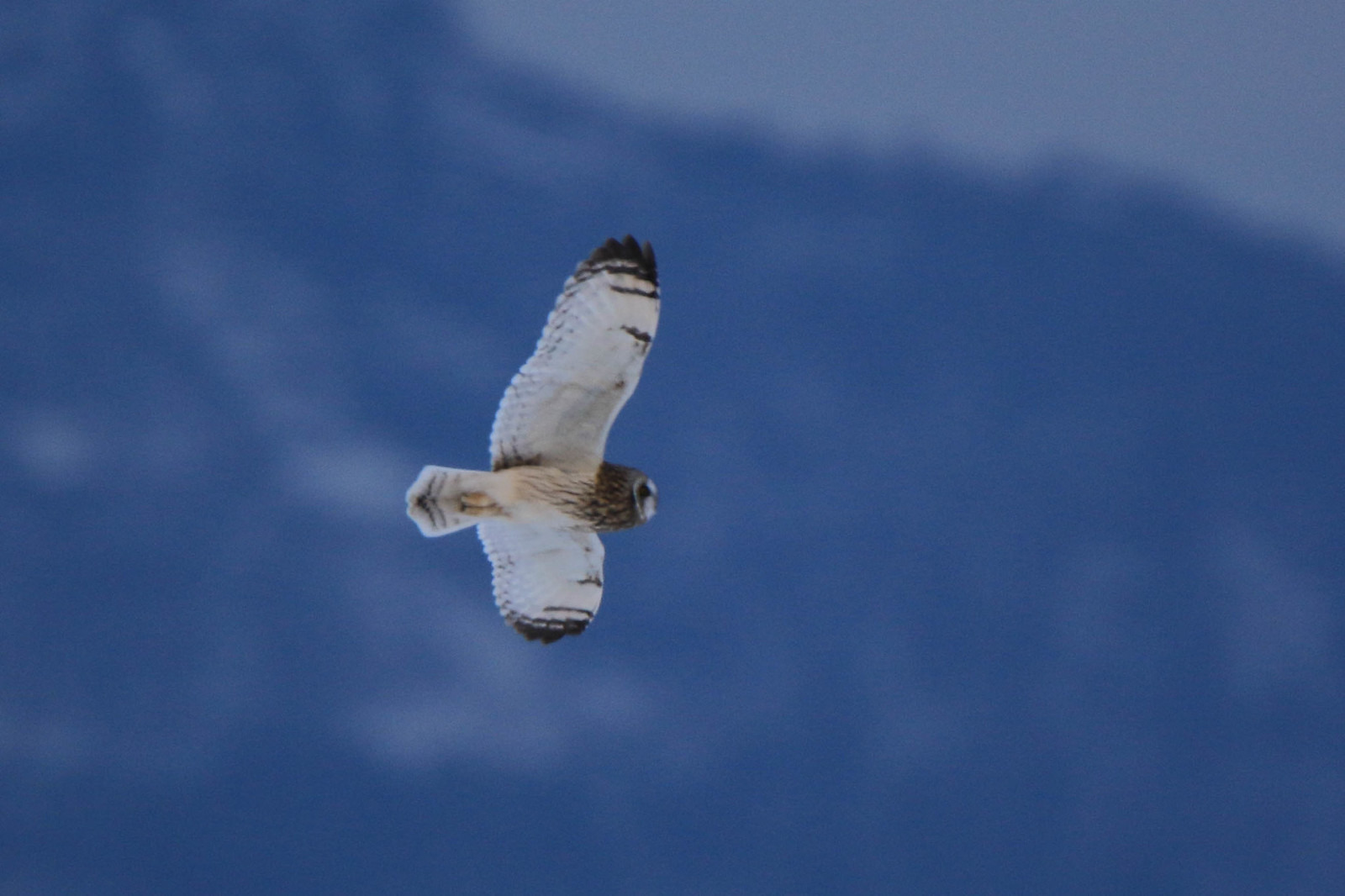
7. Eastern Screech-Owl: a common small owl of the Eastern United States. (There are two other types of screech-owls in the west.) We saw this one in the wilds of Manhattan - specifically on an owl walk in Inwood Park:
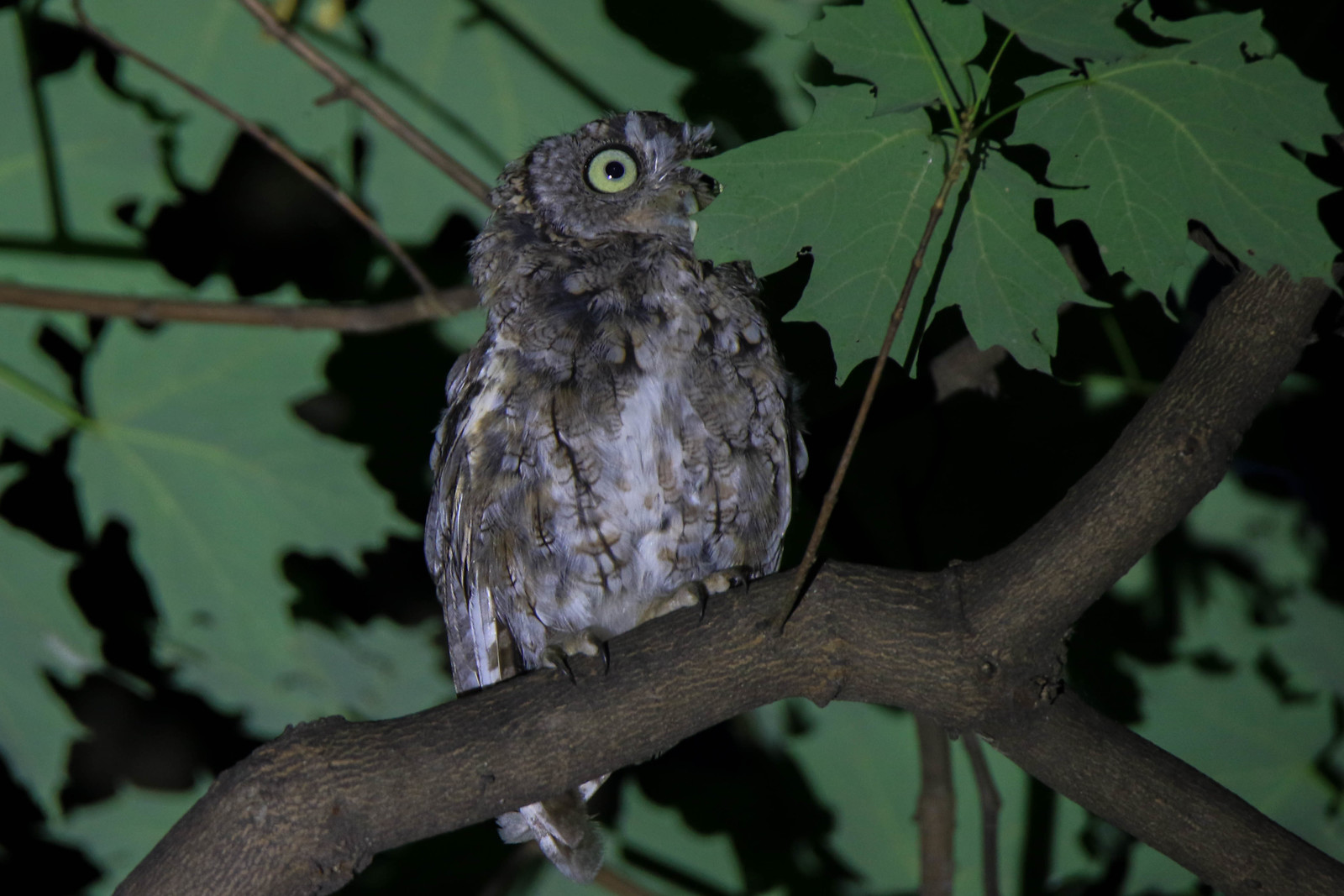
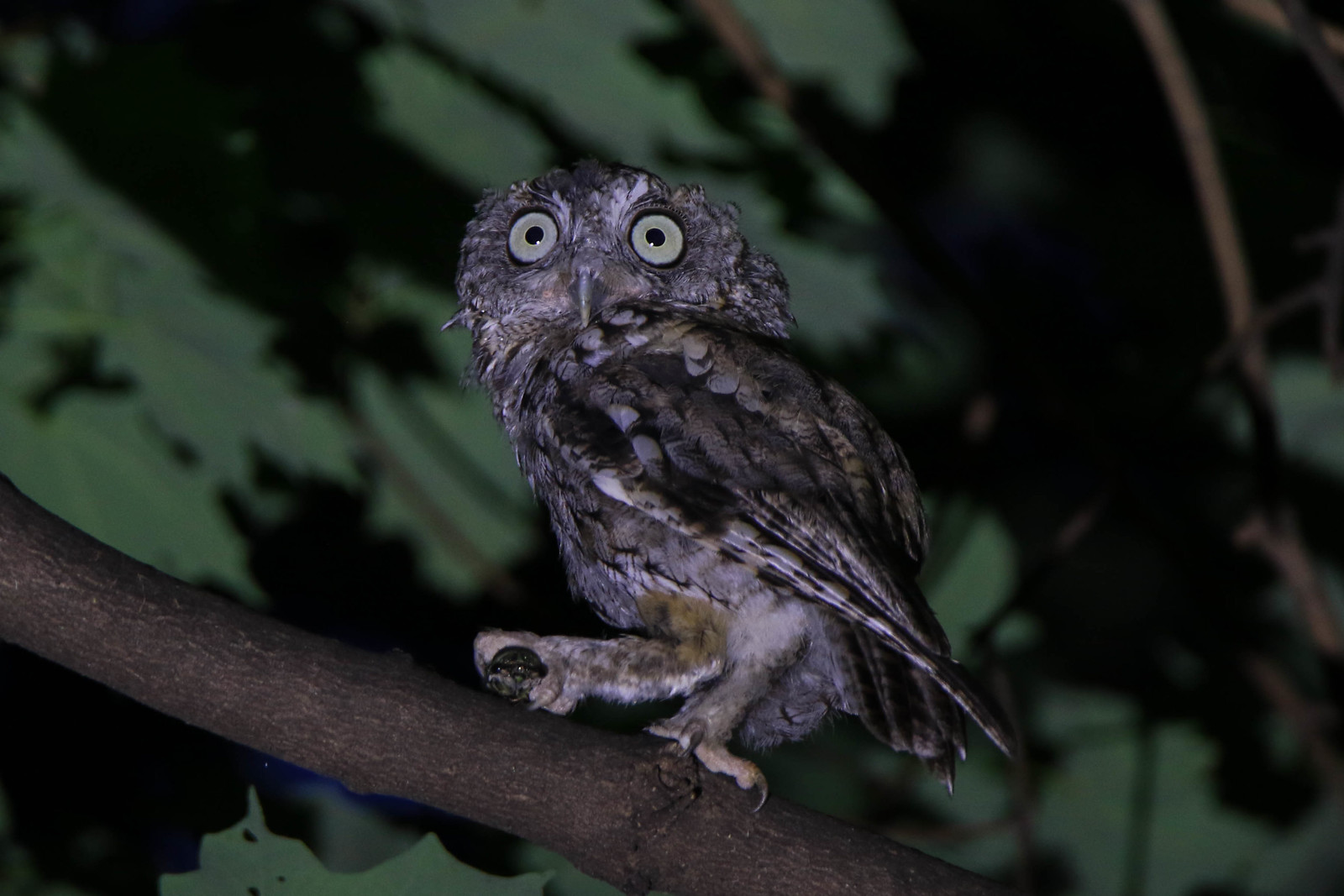
8. Barn Owl: This is the last type owl that I saw on my owly quest. They are actually common, and (as the name suggests) like to roost in man-made structures. The most reliable place to see them in NYC area is in Jamaica Bay Wildlife Refuge, where there are several owl boxes set up for them. During the months of February to August they are almost constantly there. I went there in November though, and was able to find a pair - but could only really see their bellies:
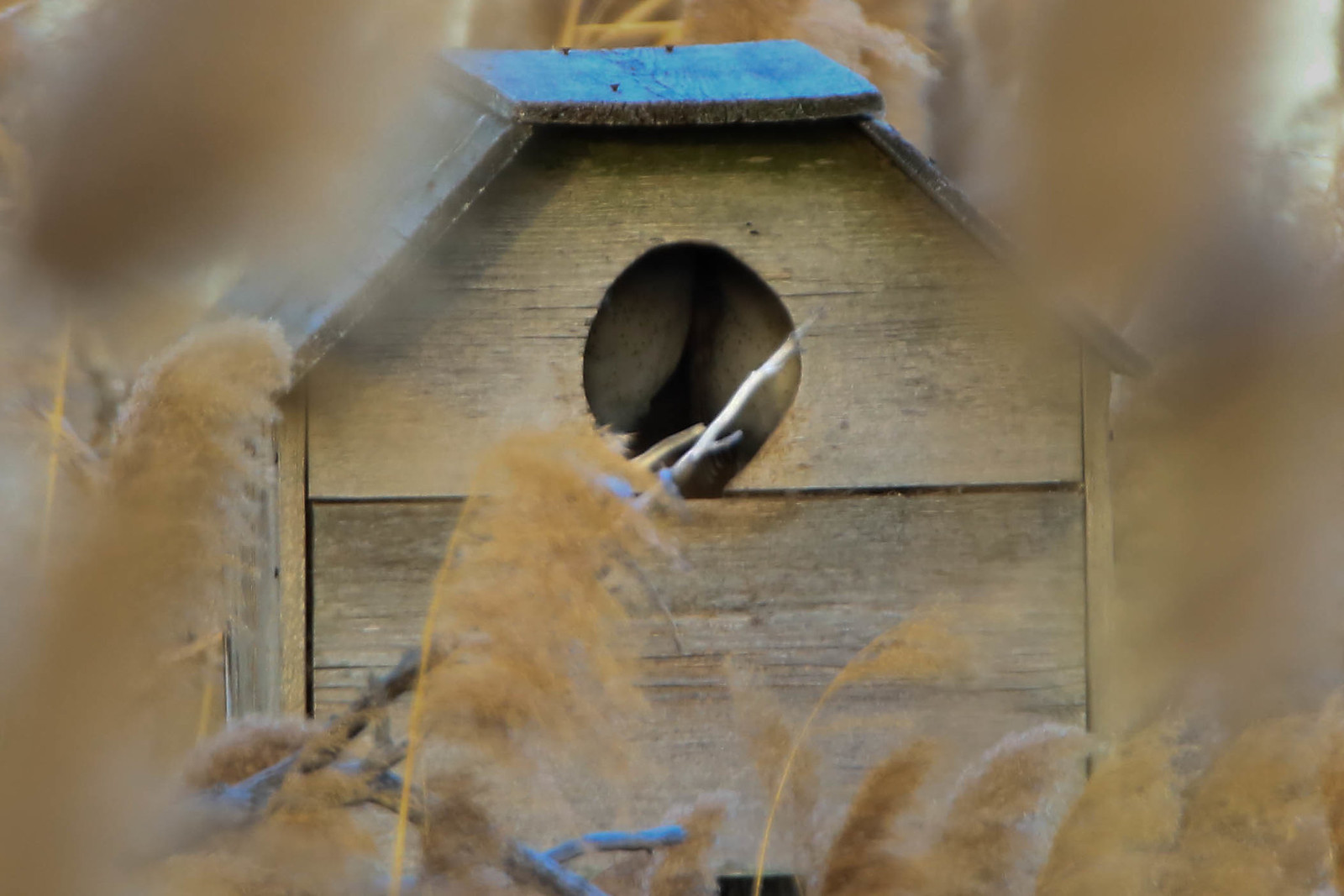
A few years ago, I did see another one in another box in Jamaica Bay:
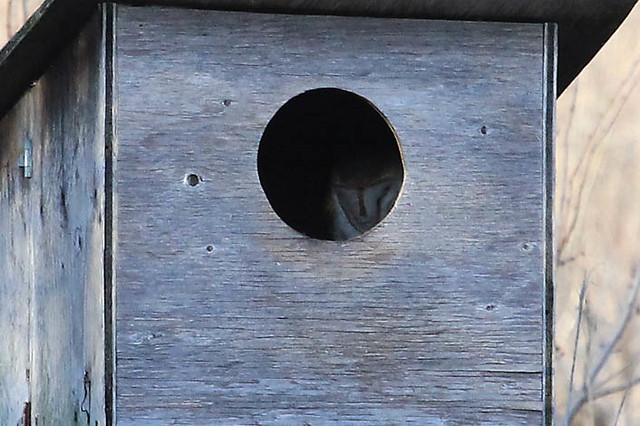
Outside of the NYC area, I saw a few other owls on my travels. This is a Ferruginous Pygmy Owl, common in Central and South America, but found in US only in the southern Texas. The best spot to find them is the King Ranch in Kingsville TX, where I saw this guy on a birding tour:
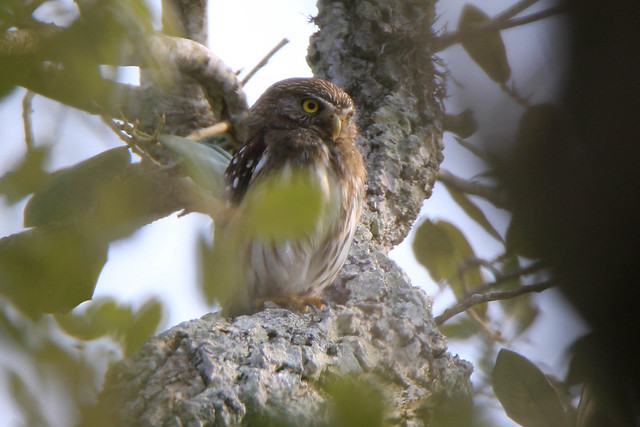
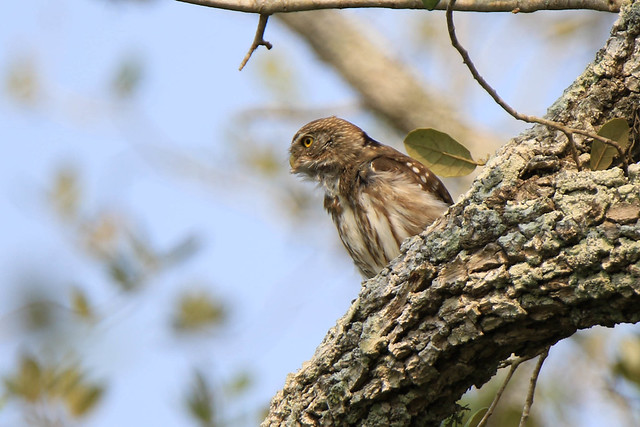
Burrowing Owls are unique in their choice of home - as the name suggest, they live in burrows in the ground. They are also unusual in that they live in colonies of multiple families. To me, this is the cutest owl! These pictures were taken in South Florida:
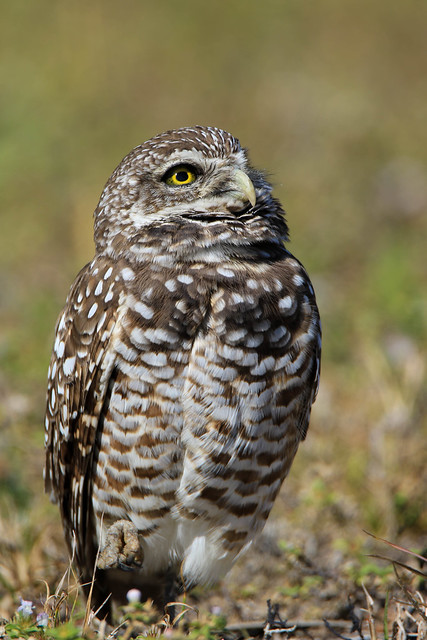
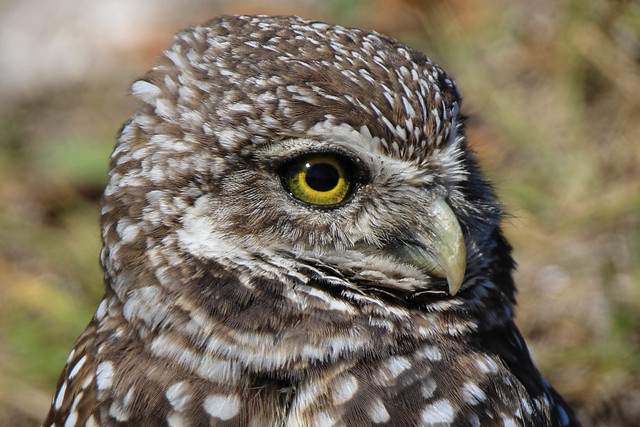
And finally, a really cool owl from down-under - the Powerful Owl of Australia. Generally uncommon, there was one pair in the Sydney Botanical gardens. But I would have never found it if I didn't meet with a former colleague of mine who is also a well-known birder in Sydney, and who took me to see them during his lunch time. They were well hidden in a large mahogany tree:
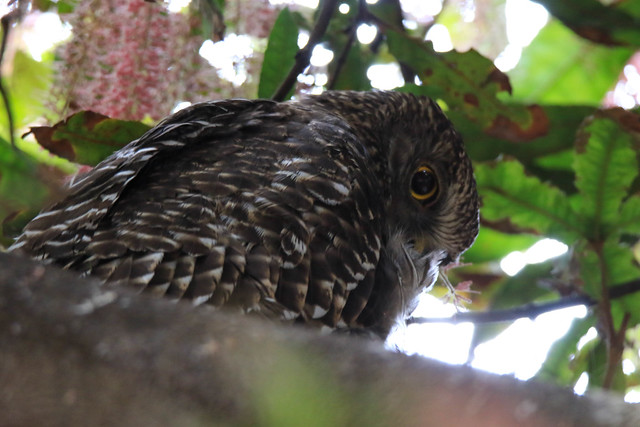
And for a good reason - they caught a plump ringtail possum for dinner!
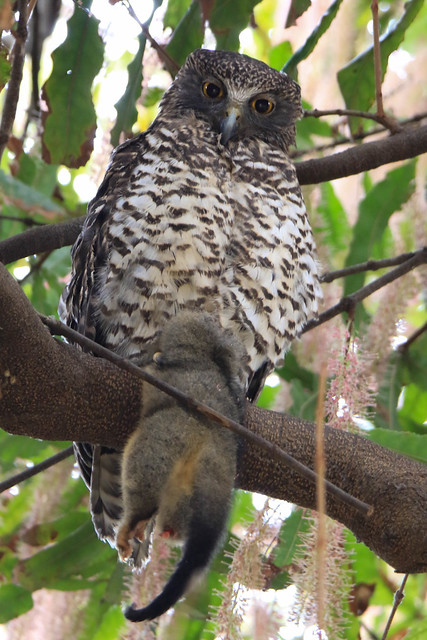

No comments:
Post a Comment